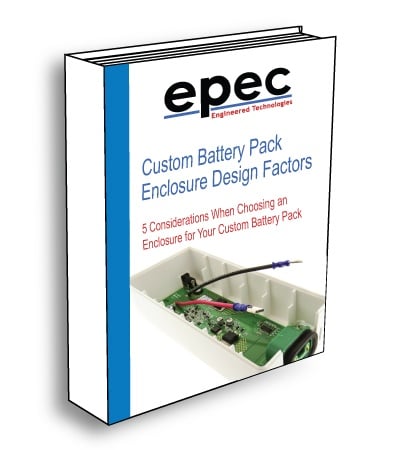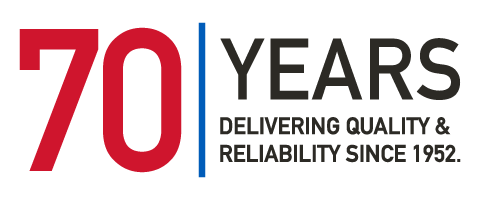Designing and Managing Custom Battery Pack Plastic Enclosures
By Anton Beck, Battery Product Manager
Epec Engineered Technologies
Customers are often unfamiliar with battery regulatory requirements which can lead to complications during the design of plastic enclosures. Understanding some of the design and management elements will help avoid production process complications. With any enclosure, the most important aspect is that the enclosure must be able to support the battery itself. It must also pass rigorous tests - especially when associated with transportation safety certifications.
One of the first steps once a customer has approached a manufacturer is to determine the level of design the customer intends and if it is a full design or partial. A full design would allow the manufacturer to be in full working knowledge of the project from the start. The creation of CAD files, progressive meeting schedules, approval stages, and the production volume will be established based on the need and depth of a full or partial design. The production volume will determine the level of tooling required. Tooling can raise costs and/or extend the time of a project's completion. The intention is to always get the design completed first time through because of time involved, cost, and tooling. Most importantly is meeting the transportation certification requirements and the customer's look and feel of the design.
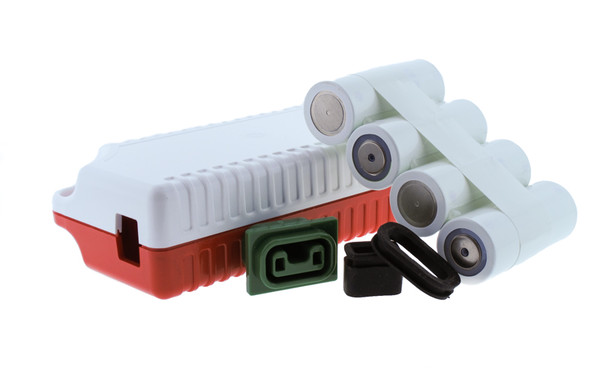
Figure 1: Custom battery pack enclosure with custom plastic connector components.
Complete Battery Pack Enclosure Customization
The complete customization of a battery pack plastic enclosures is available right down to the plastic grade itself. It is important to understand what type of environment the application will be primarily used in and whether it will be used in extreme or mild conditions. The plastic grade will have to be selected to accommodate the appropriate environment. ABS plastic for an example is less expensive however it becomes very brittle when exposed to certain cold temperatures. There are a lot of plastic grades available and in some cases it is possible to create a Hybrid grade.
The focus on determining the best plastic grade for any given application starts with the environmental conditions but drop tests and of course transportation certification requirements should be kept in consideration.
Branding Your Enclosure
Not as complex but just as important is branding. Any customer looking to add their company's branding to the application can do so. Product branding is available by means of labels, digital printing, or etching specific to the application requirements.
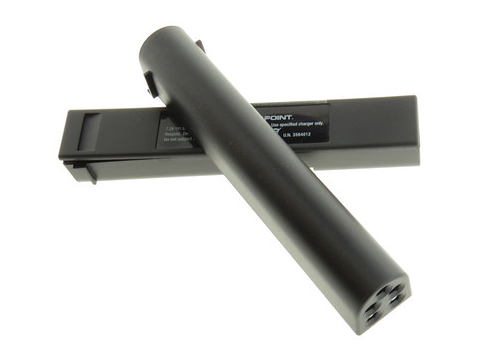
Figure 2: Custom branded enclosure with company logo.
Sealing the Plastic Enclosure
After the internal components have been secured, the enclosure has to be sealed. Take note that sealing the enclosure is part of the final assembly. Ultrasonic wielding is a method that uses high-frequency acoustic vibrations to generate heat. The heat melts the material voiding any need for screws or bolts.
Ultrasonic wielding is a robust and economically sound solution. Using screws or bolts are still a viable option. However, having access to surface screws or bolts may be good for repair but also easy access for end users to alter the application. Lastly, glue is another adequate sealing solution, typically used in lower quantities.
Securing Internal Components
Concerns with internal components shifting during use have options to ensure parts stay in place. The actual product and how it will be used, handled, and stored determines how the enclosure will be created. Once there is an understanding on the actual product details, the enclosure would be designed internally. Procedures for securing internal parts include RTVs, designing ribs, combination of glues, and in most cases foam spacing - all of which help hold parts in place and minimize any shifting.
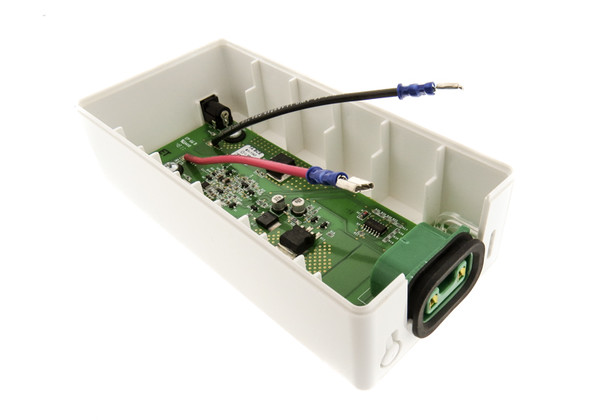
Figure 3: Battery pack plastic enclosure with internal components.
Safety Circuits Required for Lithium Batteries
Lithium batteries installed in a battery enclosure are required to have a safety PCB (Printed Circuit Board) connected due to the transportation certification. In some cases a nickel hydride battery will have a safety circuit installed. The basic functionality of having a safety circuit in place is to protect the battery from overcharging, short circuiting, over-discharging, and cell balancing.
If there are multiple battery cells within a battery pack, they need to operate in sequence. If the cells don't function in sequence they will continue to drift out of balance – ultimately causing expediential reduced battery cycle life.
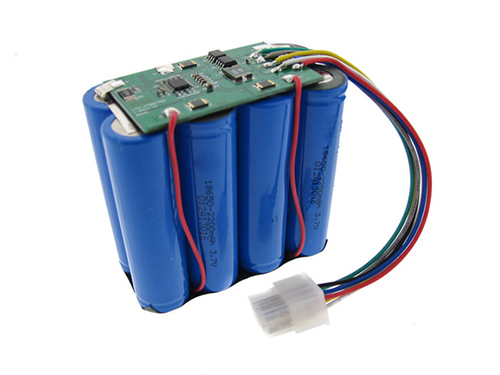
Figure 4: Lithium battery pack with safety circuitry.
Upgrading a Battery Packs Existing Design
If a customer needs to replace an outdated battery or improve the battery enclosure altogether that is a possibility. To achieve this, a customer's data files would be ideal so we can copy the external dimensions. A customer's sample of the preexisting design would also prove to be beneficial. Going from an outdated battery to perhaps a lithium battery leads to changing battery chemistries. This result adds more to consider because the design of the battery will not be the same. In turn the internal design of the enclosure will also never be the same.
Changing the battery and/or chemistry will alter space availability. Of course there is also the ability to reverse engineer the entire battery design to meet the customer's current enclosure to minimize cost. If the customer has a new enclosure in the budget it would be the best available decision. Ultimately we would be creating an entirely new upgraded solution for the customer.
Changing Cell Types
There are common battery cell types available and typically customers tend to go that route. The more common types of battery cells are more economically favorable. A customer may even choose to go from a cylindrical battery to a prismatic battery but more often than not customers usually want to stay with the common form factor.
There may need to be alterations made to the enclosure such as cutting, standoffs, or adding additional foam padding if the solution is smaller. There are ways around the design to customize it using either an existing enclosure or modifying it to meet the new battery.
ITAR Sensitive Battery Pack Applications
ITAR sensitive battery pack projects must be completely managed domestically in the United States. For Epec, the design and development would be conducted in our Denver, Colorado technical center. All assembly would be managed at Epec's headquarters in New Bedford, Massachusetts. There are secure IT resources in place and all necessary actions have been taken to work within compliance with the Department of State.
Conclusion
It is best that you understand the process of how your manufacturer will manage and design your project's battery pack's plastic enclosure. Knowledge of the elements of the overall design benefits the customer. Having this knowledge prior to the completion of the design allows the customer to make the best decision possible in regards to what best suites the application and its intended performance.
Looking For a Battery Pack with a Plastic Enclosure?
Our team of engineers can help you to design and manufacture a custom battery pack solution with a custom molded enclosure, incorporating your company branding with the proper safety circuits.
Request a Quote Request Design Support

